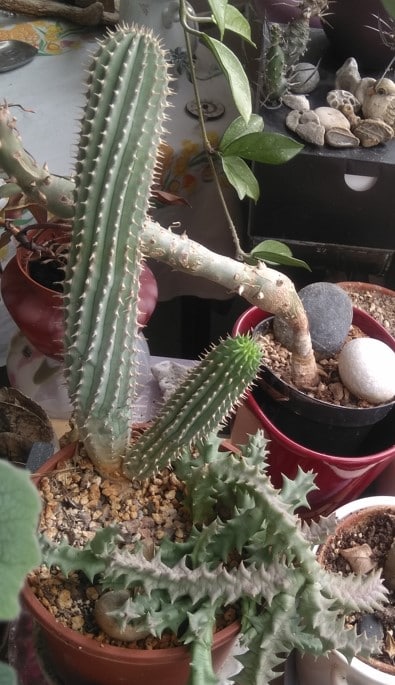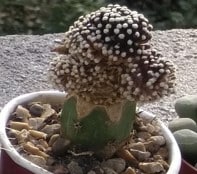Best Light for Succulents
The best light for succulents varies from plant to plant. Most succulents prefer direct sunlight or partial shade, depending on your location and the intensity of the sun. All the Sun-thirsting succulents want the best exposure to sunlight. They will compete for the prime spots on south-facing windowsills.
All plants requires some degree of direct or indirect sunlight in order to grow and thrive. The sun’s impact largely depends on your location. Since the basic fundamentals for growing any plant will differ if you live in California, Brazil, or New York. Therefore, it is close to impossible to write a “light guide” with perfect geographical sensitivity. For that reason, this rough guide requires your discretionary judgment for optimal result.

Succulents in direct sunlight:
Almost every cactus, Agaves and Aloes, Lithops, Delosperma (Ice plants) wild Pelargoniums, etc, desires full-blasting sun for optimal growth. The more the better. A cactus that doesn’t receive enough sunlight may develop an unnatural growth pattern, such as elongated growth. This may also occur if you water it during the dark winter months when the plant much rather have a rest. Just listen to the plant, it will give you clues about what to do.
Succulents in semi-shade:
The succulents that thrive in partial shade is a bit more tricky to determine. Depending on your location, certain succulents like Haworthia, Euphorbia or Gasteria may be satisfied anywhere in the range from full shade to full sun. You need to experiment and see what works best where you live.
You can quickly tell if a plant has been exposed to too much sun. Much like us humans. Plants will get sunburned with a noticeable reddish hue, and lose their natural look. Just position them so they avoid the hottest hours of the day and they are usually fine.
Shade-loving Succulents
Lots of species from the Euphorbia genus prefer a life in shade. So does the holiday plants Easter cactus and Christmas cactus (Schlumbergera/Rhipsalidopsis species). Same goes for Aloe Vera, Jade plants (crassula), and Zamiakalla, who all prefer protective shade. If they are exposed to too much direct sunlight, they will become noticeably sunburnt and loose their natural look.
An article specifically about shade-loving plants is right here.
Succulents that require extra light during the winter
Some succulents may require extra light during winter if you live in a colder hardiness zone, like myself. Since it’s too dark for many light-sensitive succulents to survive several months of winter, much less to charge new energy for the upcoming growing season. Therefore, I recommend investing in a grow lamp specifically for plants with a very high lumen. They are a bit more expensive than regular bulbs, but well worth the investment. Also, they never break!
Some plants, such as Living stones, require extra winter light just to survive the winter. Same with lots of cacti, who love the extra winter light in order to bloom the following season. To make it even trickier. The temperature for these cranky overwintering plants should be a bit cooler than comfortable room temperature, preferably below 18°C/64°F. So yeah, let’s get nerdy!
This can be a little difficult to get right at times. But my God, it is great fun.
Succulent & cactus winter survival kit
Buy a grow lamp with a very high lumen. Place the plants in a cool room, preferably a bit cooler than normal room temperature, at a south-facing window. Or just leave them in your backyard, if you have the geographical privilege to do so. If so, congratulations and do the most of it. A grow lamp is very good, but does not replace direct sunlight. The strength of grow lamps replicates daylight in the shade.

